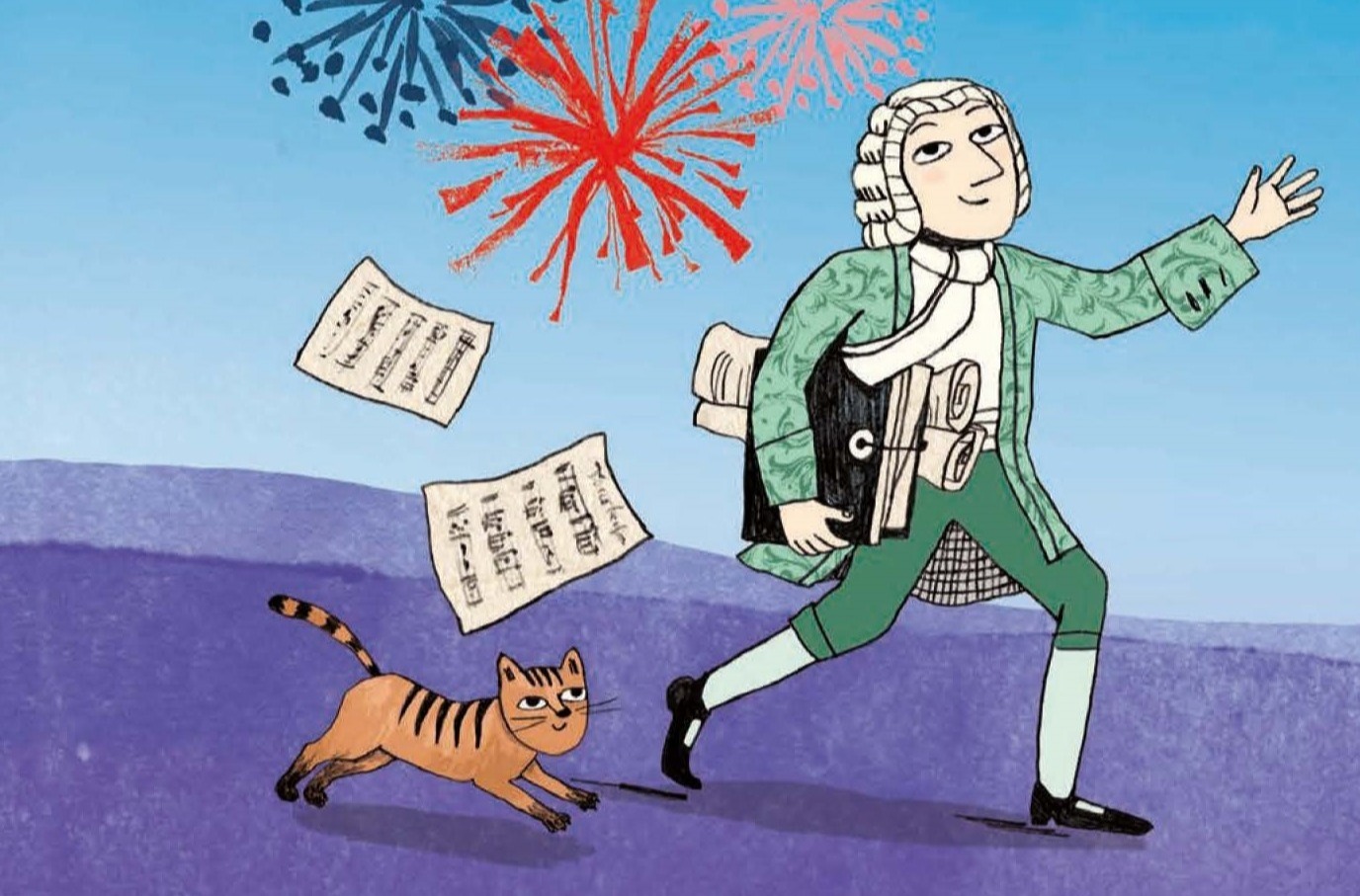Click here for the online store.
Career Launch for the Bach Family
Erfurt
The sons of the Wechmar baker and city piper Johannes Bach (died 1626), Johann and Christoph, mark the beginning of the rising musicians’ dynasty in Erfurt. For almost 40 years, Johann Bach was the organist at the Predigerkirche and St. Johannes. With him, the direction of the guild-like organization of the city and council music program was put in the hands of the Bach family. It was inherited over many generations.
The city musicians’ duties included tower and watchmen’s service, blowing the horn for fanfares or chorales to mark the time of day, Sunday music for worship, and performing for private or public celebrations in the city. Music for special occasions such as the annual council inauguration was also the responsibility of the city musicians.
The Bach brothers Johann and Christoph performed at the Erfurt festival to celebrate the Peace of Westphalia. The Bachs became increasingly recognized for their musical abilities, as evidenced by their being granted special privileges such as the exemption from watchmen’s duty and compulsory labor.

TIPP
Krämerbrücke
Krämerbrücke, Foto: Thüringer Tourismus GmbH
Little is known today about the accomplishments of the city and council musicians. However, it is clear that they were in command of a number of different instruments, including the cornett, dulcian, bombard, crumhorn and trombone. The compositions and manuscripts are more commonly attributed to the organists and cantors in the family. The first musical compositions of the family preserved are by Johann Bach. They include the mourning aria “Weint nicht um meinen Tod”, a baroque allegory of earthly mortality meant to provide consolation and hope, especially during times of pestilence and the Thirty Years’ War.








